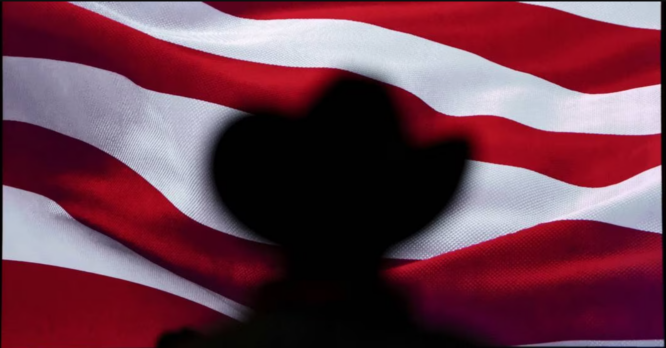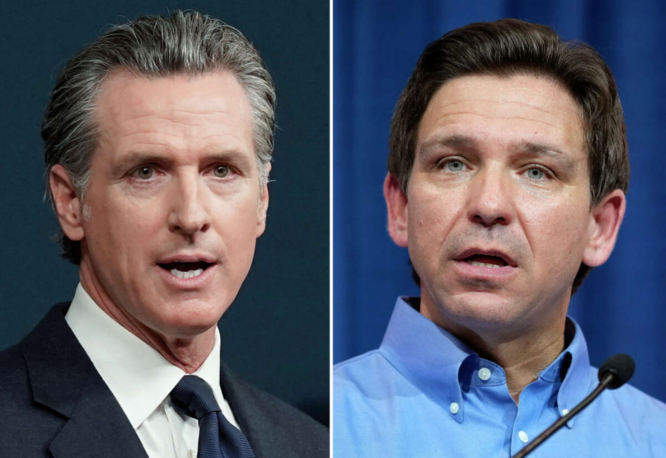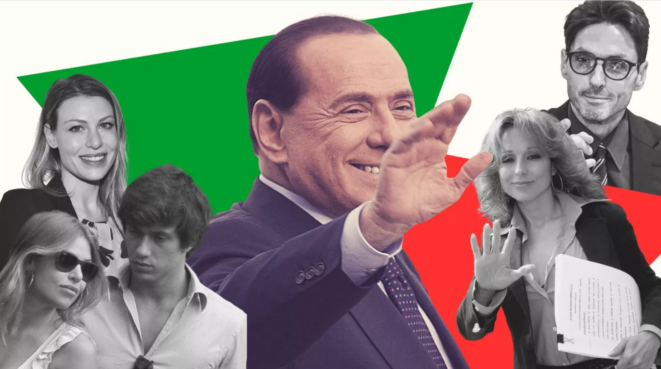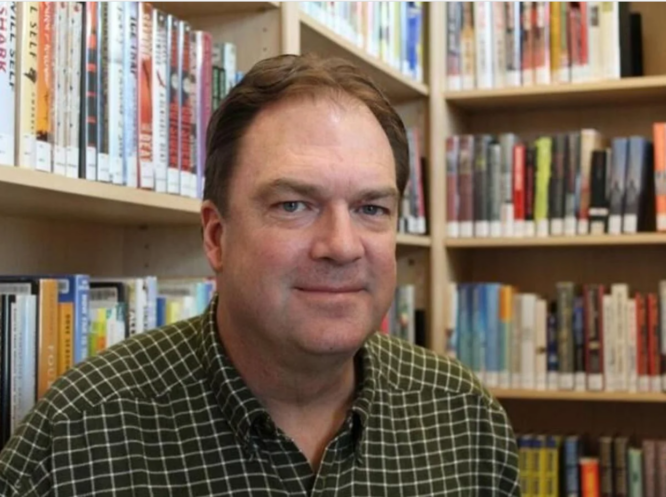COLUMNISTS Posted 4:00 INCREASE FONT SIZEResize Font Commentary: Americans’ shift to “independent” predicts political party shifts.
Political independents have increased dramatically since 2004. Nearly two-thirds of American voters supported a major party in the first decade of the 21st century. This number is now less than half, and political “independents” outnumber Democrats and Republicans.
“It was never unusual for younger adults to have higher percentages of independents than older adults,” Gallup Polls analyst Jeff Jones told Axios in April. “Gen X and millennials are staying independent as they get older, unlike older generations.”
Political independents are rising as a trend. Jones attributes it to “disillusionment with the political system, U.S. institutions and the two parties, which are seen as ineffectual, too political and too extreme.”
Axios said that jittery, dissatisfied independent voters were the reason the White House, Senate, and House have switched parties virtually every election since 2004. The American electorate’s disaffiliation from both main parties isn’t new, but it shows dissatisfaction with their alternatives.

American political parties are important middlemen
Parties “appear to be part of the Constitution in the informal sense,” says political scholar Harvey Mansfield. Parties “are necessary to the working of the Constitution,” according to political philosophers and scientists.” Parties today “are now accepted as legitimate, even respectable instruments of free government.”
Parties became accepted in American politics, but it took time. The Federalists and Anti-Federalists were loosely associated groups of politicians with similar political goals. They had no headquarters, employees, or mascots.
Although he wasn’t a party guy, George Washington thought parties would reconcile if they become a part of American politics. Washington was a Federalist, yet he sought to be above party.
Though there were no official parties, Americans were nonetheless politically divided. After a decade of Federalist dominance of the federal government, several pundits called Thomas Jefferson’s 1800 election a de facto revolution.
Parties began officially in the Jacksonian era. By the 1830s, most white males could vote for national leaders due to looser voting criteria and the elimination of landownership. Mass politics made the Federalist era’s informal party structures obsolete.
“The two great parties of this country, with occasional changes in their names only, have, for the principal part of a century, occupied antagonistic positions upon all important political questions,” wrote Martin Van Buren, who succeeded Andrew Jackson as president in 1837.
Van Buren believed parties create political traditions. He believed like-minded men spontaneously formed political groups. Sons followed their dads’ political parties. Parties were normal and customary. Van Buren believed party allegiance went deeper than marriage or religious affiliation. He stated parties were “as a rule, a master-passion of their members.”
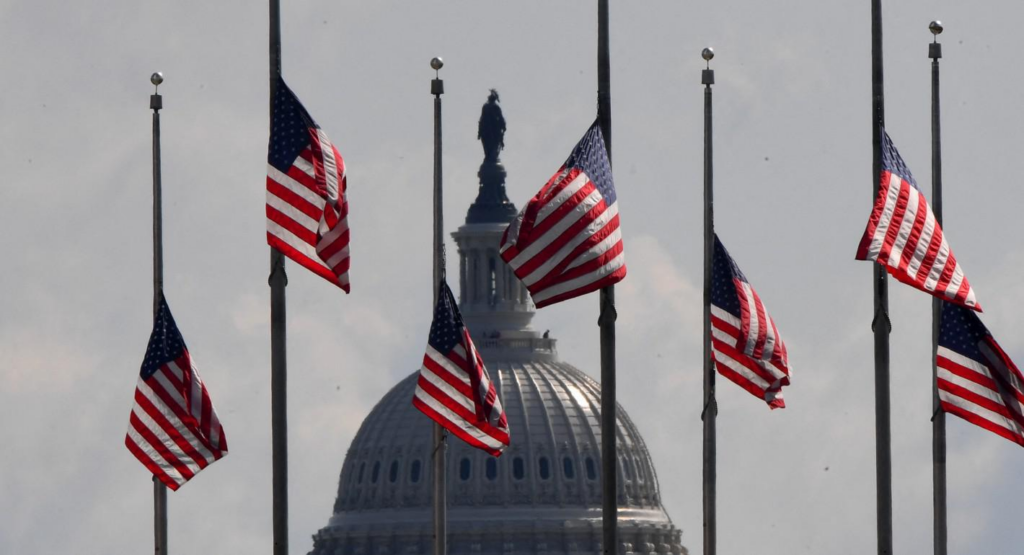
.Slavery policy split the Whig Party, which succeeded the Federalists.
In the late 1850s, Republicans replaced the Whigs, but the disaffiliation from the original main parties implies many lost trust in their capacity to perform. Today’s situation is similar.
A party-free country is appealing. Better parties that restore voter faith in democracy are more practical and compatible with American democracy.
Constant media attention and a primary process that promotes celebrity over statesmanship hinder institutional management and party discipline in both major parties. Third-party success has been elusive. One or both of our main parties must fix our party structure and political system.

